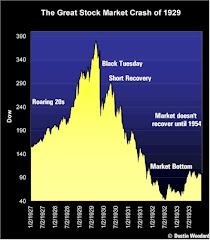The debate in Whitehorse has centered on a fair retirement strategy for all Canadians.
The problem with a debate on pensions is that most taxpayers will never have a pension. Any move to bolster pensions will only pour more money into plans that only benefit Canada's pension elites.
These pension elites works mainly for government. This includes all levels of government municipal, government and federal. Most will receive a pension based on 70% of their final earnings. They will receive these pensions as early as age 50. These pensions will be paid out at a level higher than their earnings for most of their career.
Best of all these pensions are guaranteed by taxpayers, most of who have no pensions.
An excellent report in the Toronto Star highlights the problems with Canada's federal pensions. These pensions cover 1.08 million workers. There are other levels of government that offer these same defined benefit pensions. They cover another 2.3 million workers. The pensions of other levels of government are as generous as those of federal employees. However, they are even more poorly funded than the federal pensions.
These pension shortfalls exist despite Canadian taxpayers having funneled billions and billions of dollars into these plans. How big is the liability to taxpayers for all levels of government pensions?
Pension risks by James Daw
Ottawa owes about $198 billion more in pension promises to current and former employees than it has set aside, a paper from the C.D. Howe Institute estimates.
President William Robson and Alexandre Laurin argue the fair value of pension promises is about $58 billion higher than Ottawa has reported.
There are about 1.08 million active and retired civil servants, RCMP, Canadian Forces, Members of Parliament and judges.
Most will collect pensions longer than they worked. If public servants' benefits were calculated the way Robson and Laurin suggest, Ottawa and employees would have to set aside 34 per cent of pay.
But the government did not start setting aside any money until 2000. Until then, it treated the pension promises as debt.
That debt obligation, the authors argue, should be calculated using the investment return paid by inflation-protected, government-backed bonds, not estimated returns from a mix of investments.
"Federal pensions as currently configured are more costly than commonly understood and expose taxpayers, and potentially participants as well, to underappreciated risks," the authors argue. "Reducing or offsetting these costs and reducing these risks should be key elements of a program to restore federal finances to a sustainable position."
James Daw, Toronto Star - Younger workers face retirement shortfall
Subscribe to:
Post Comments (Atom)



good post, thanks for the info.
ReplyDelete